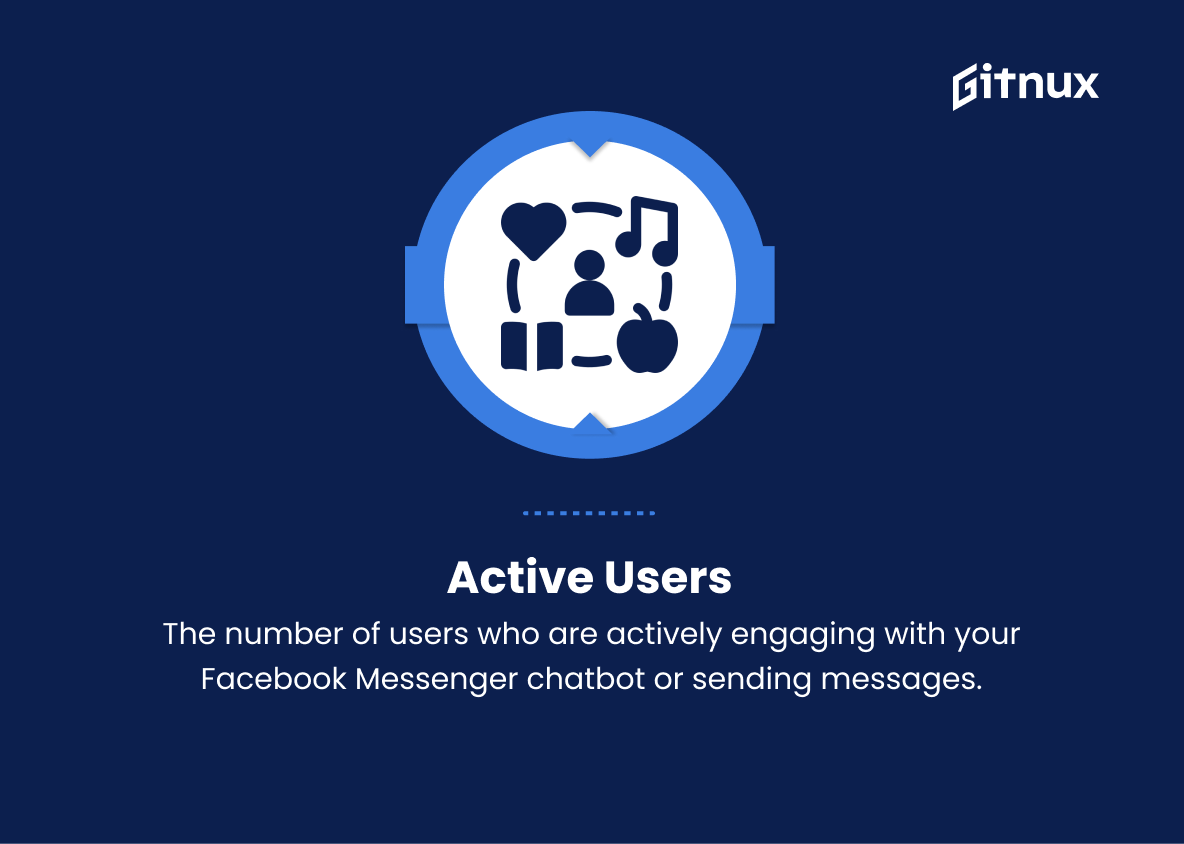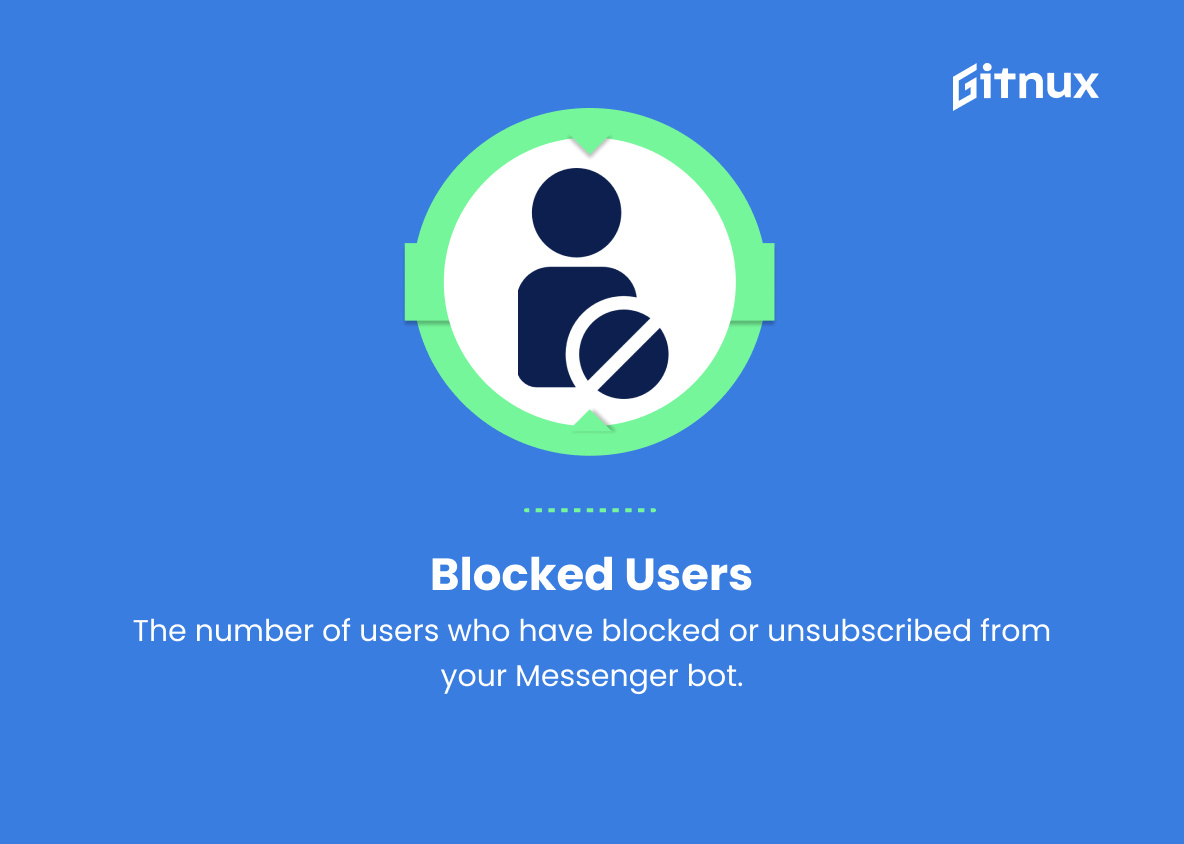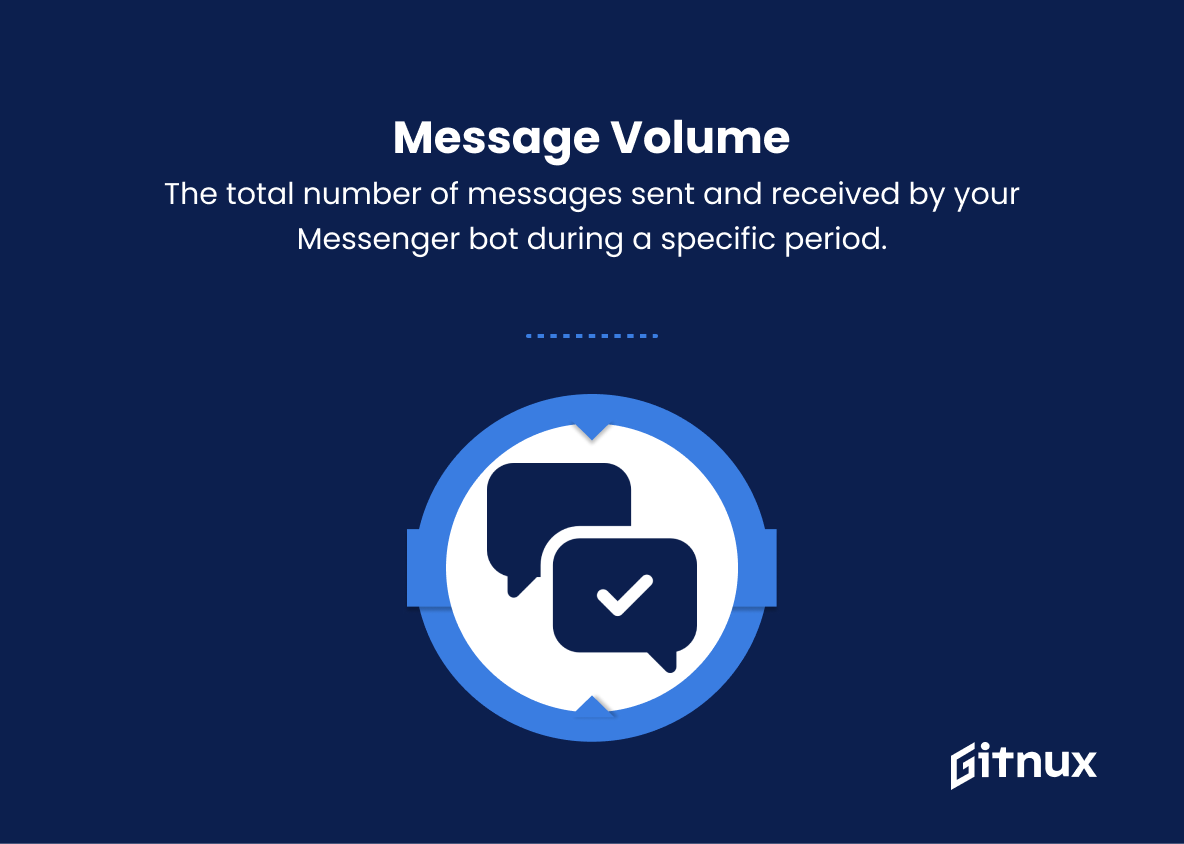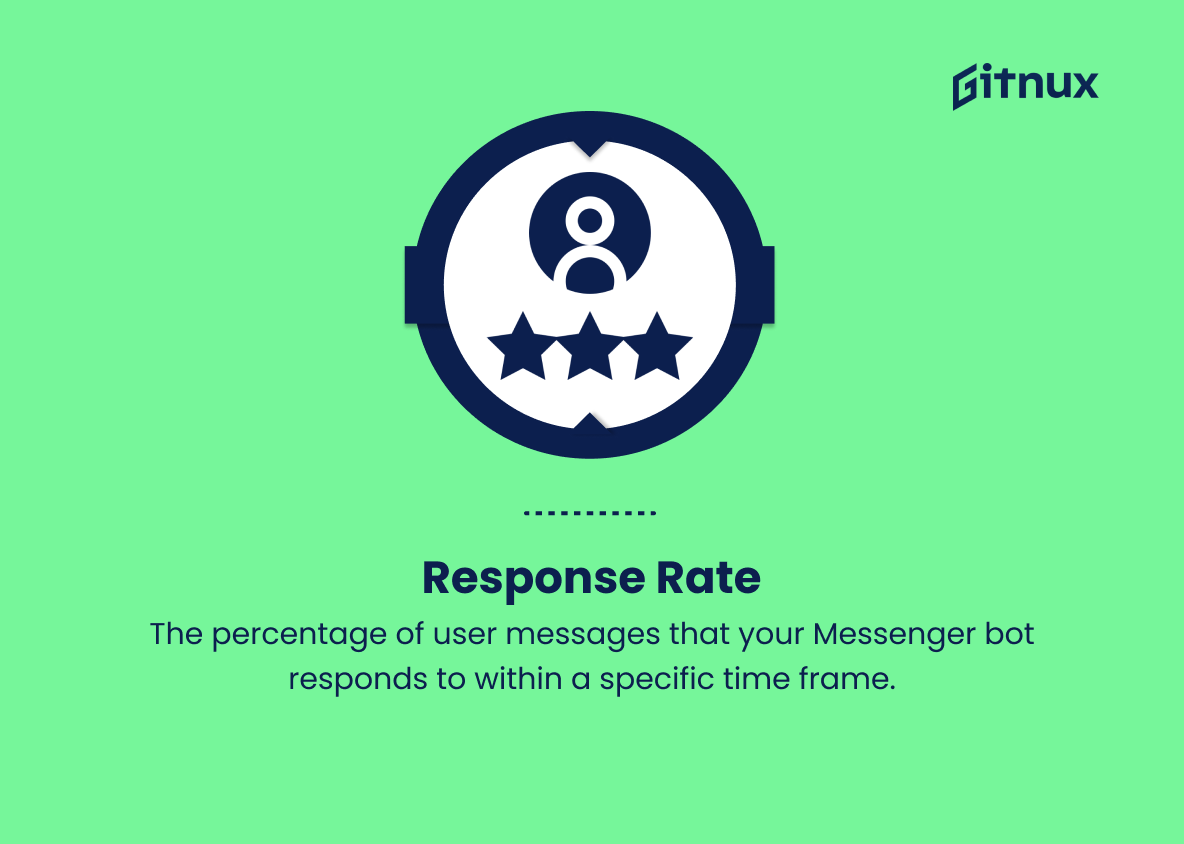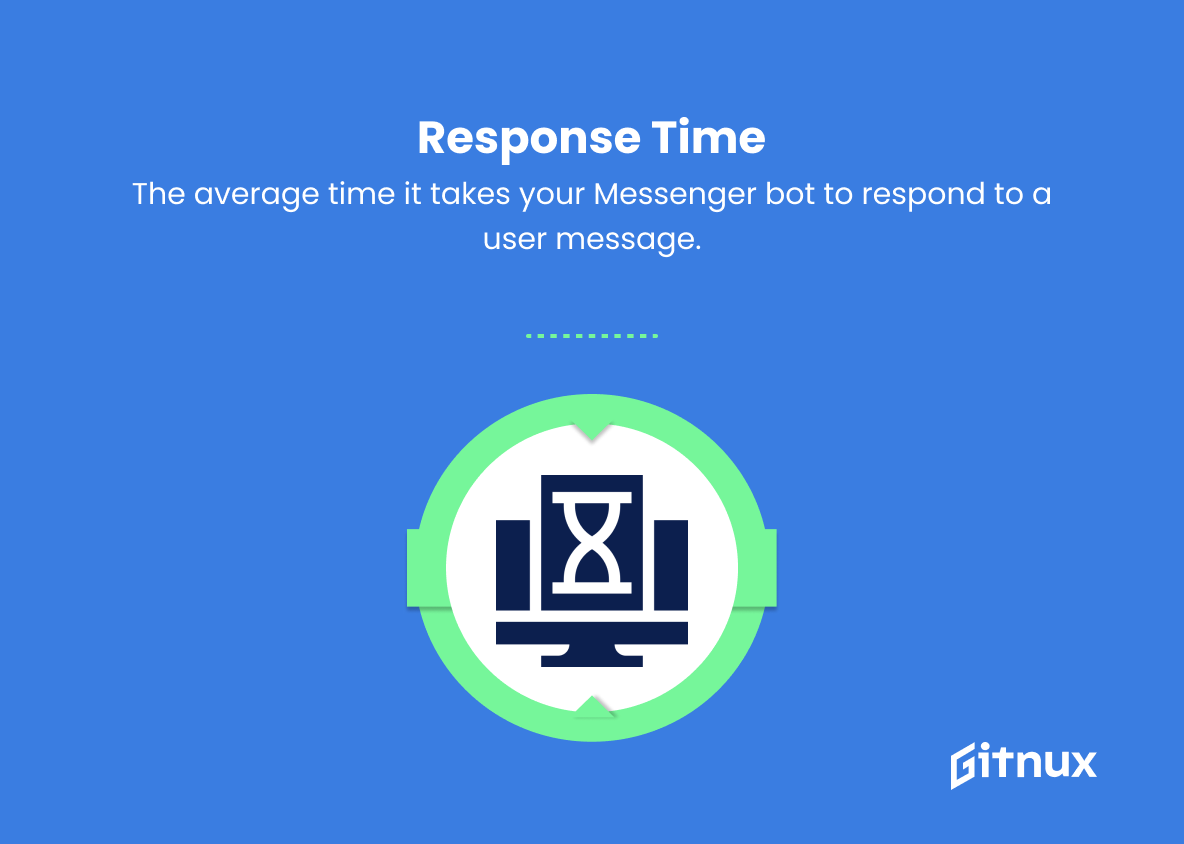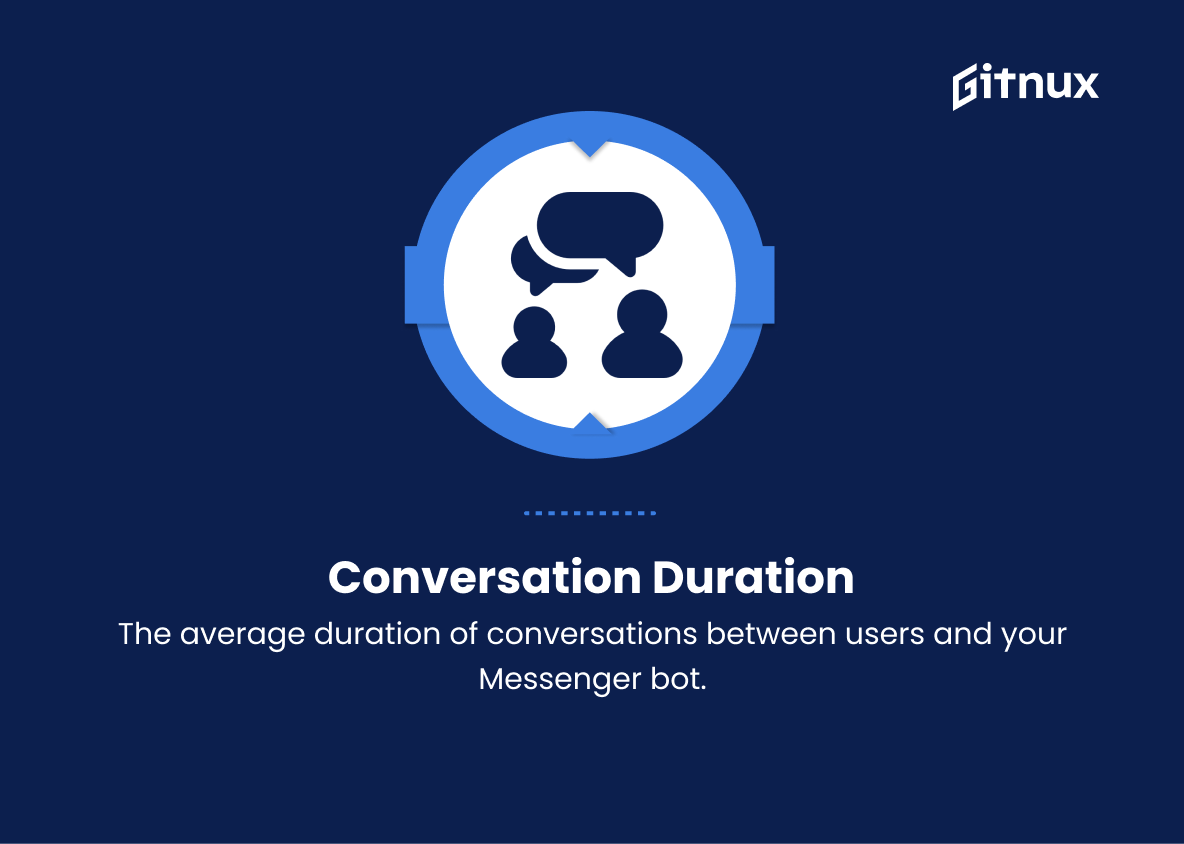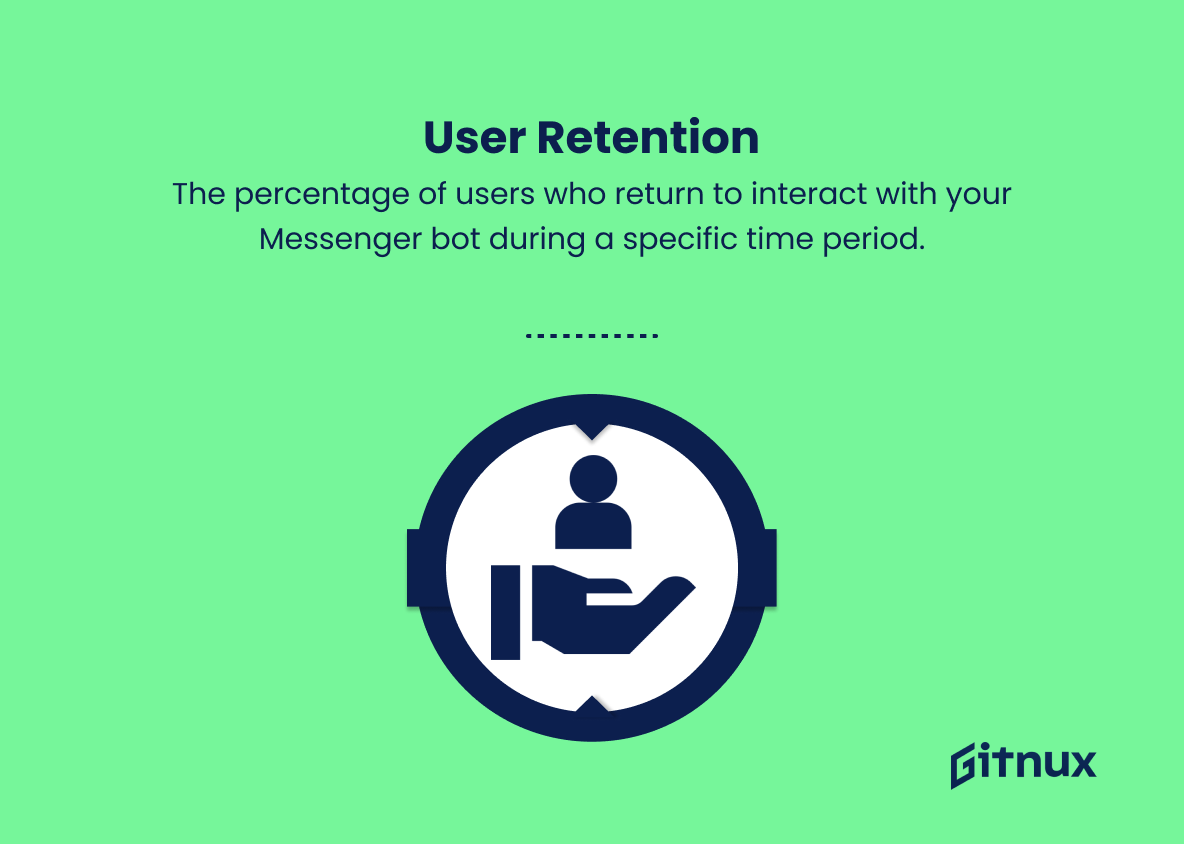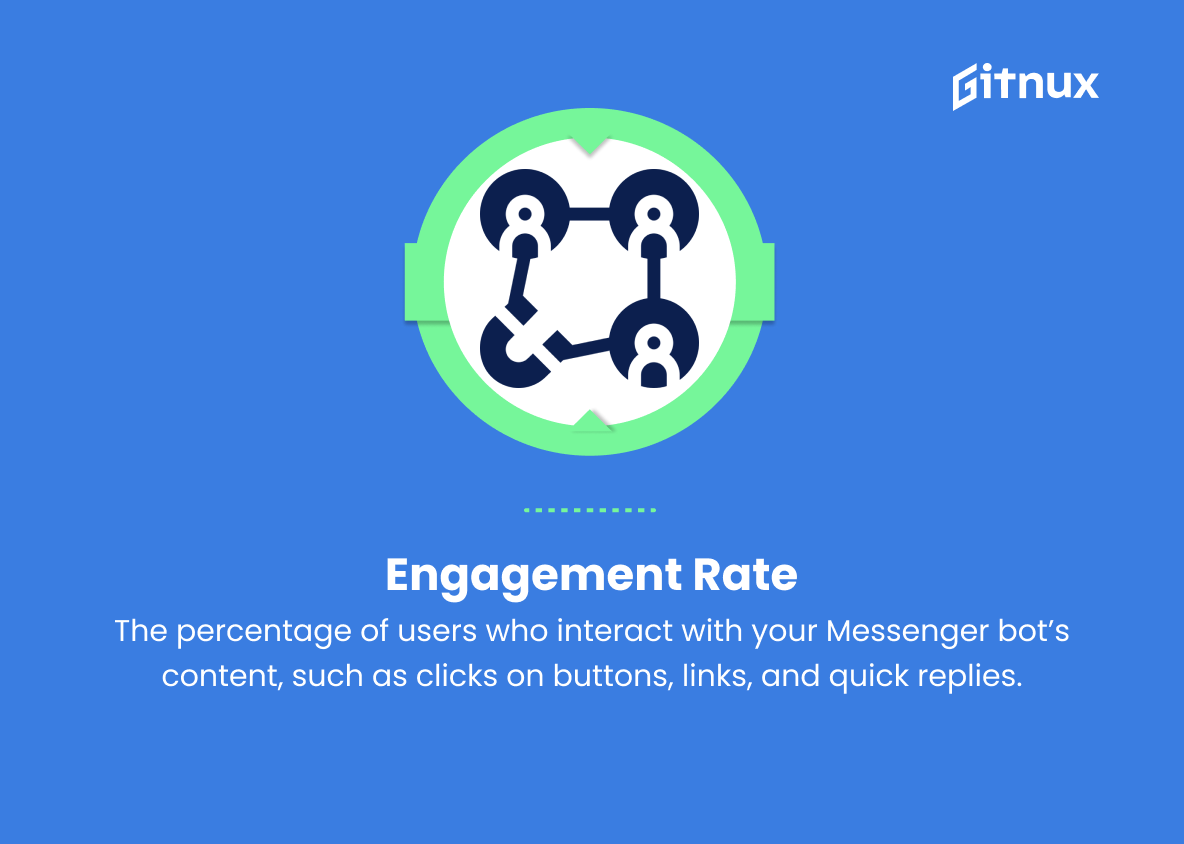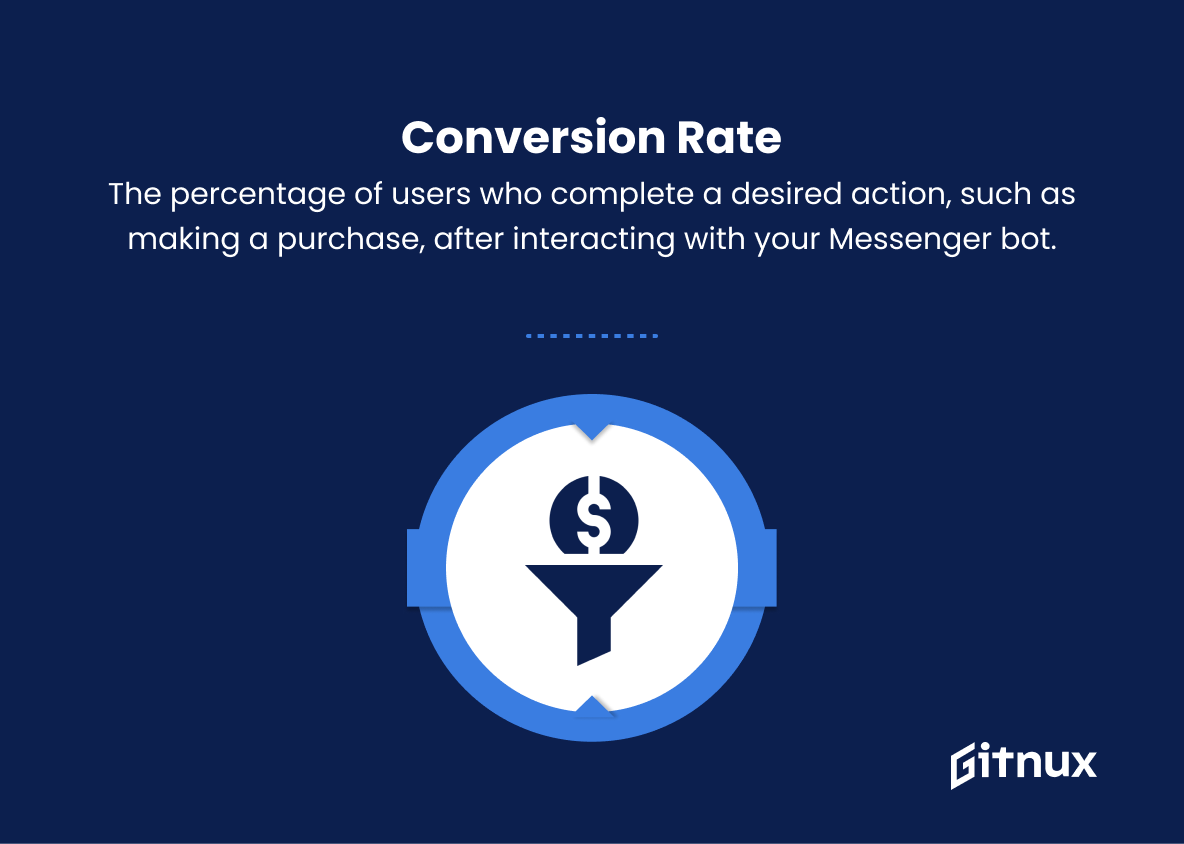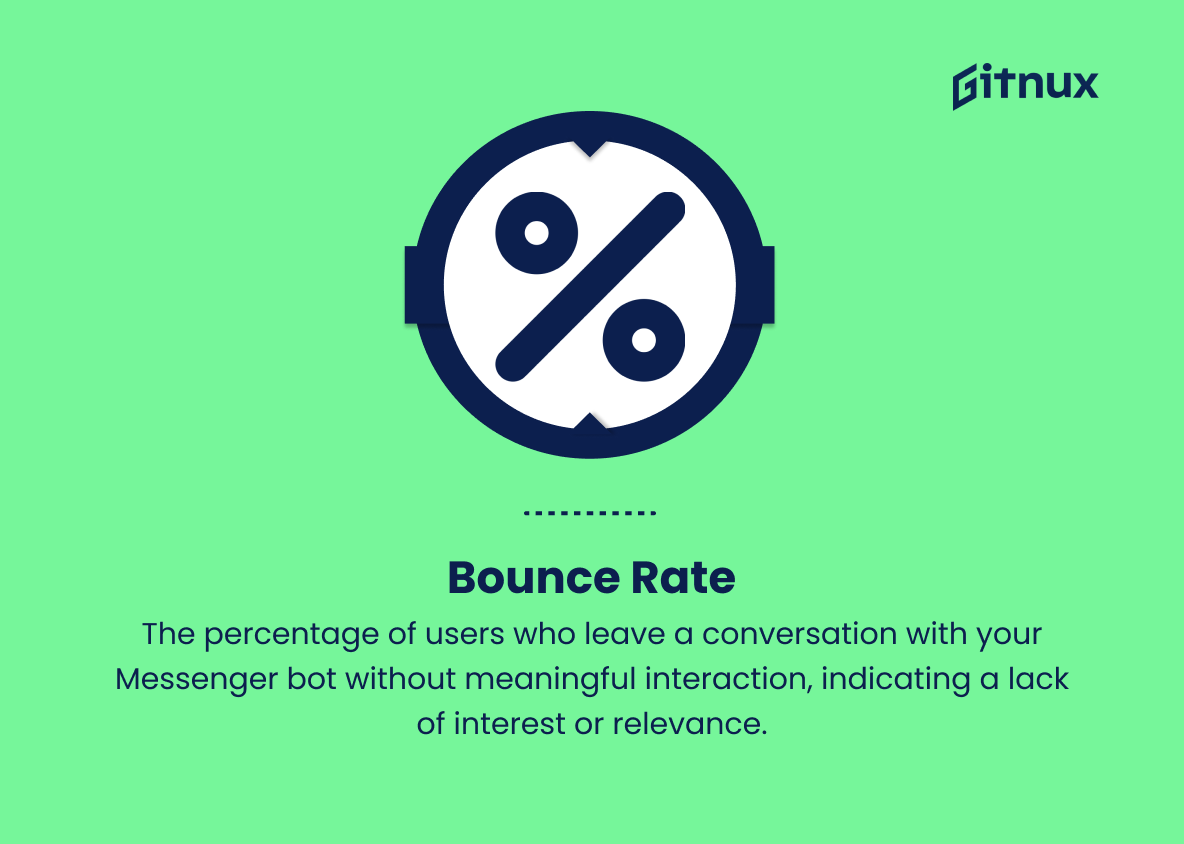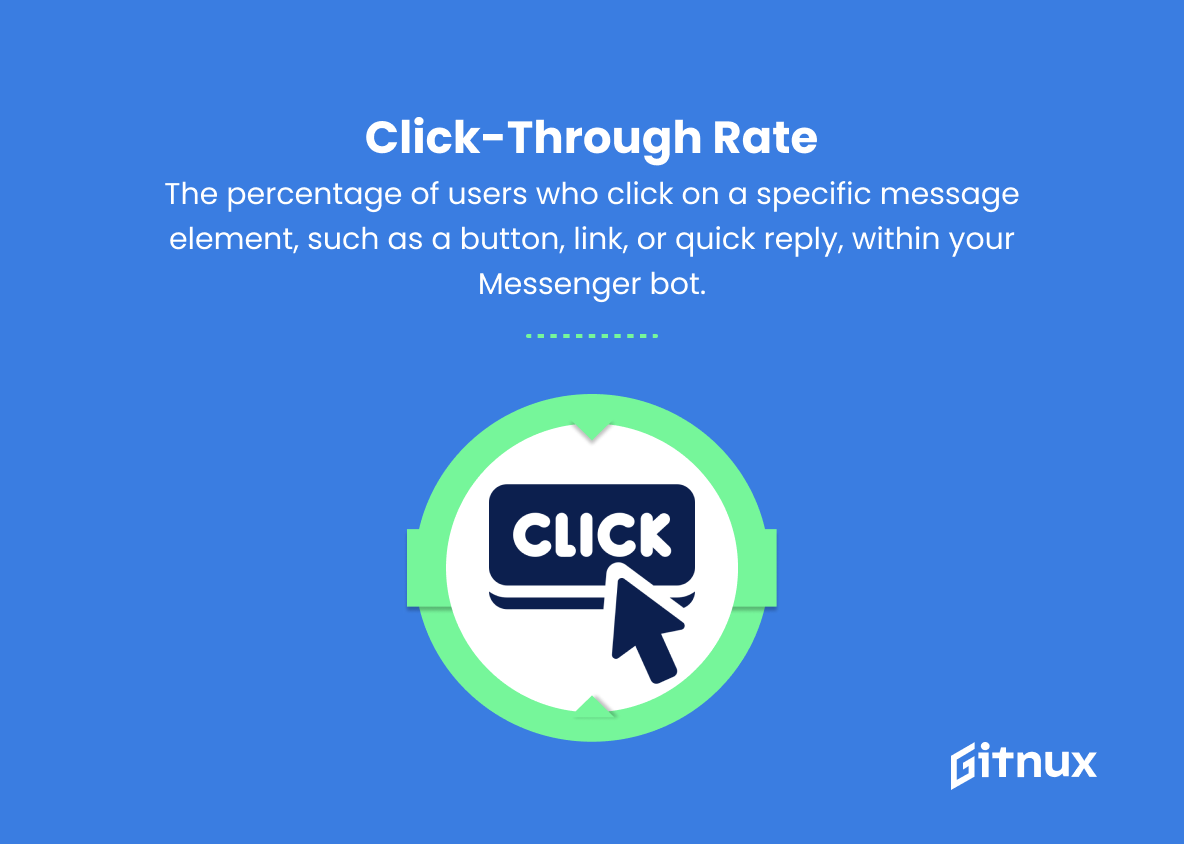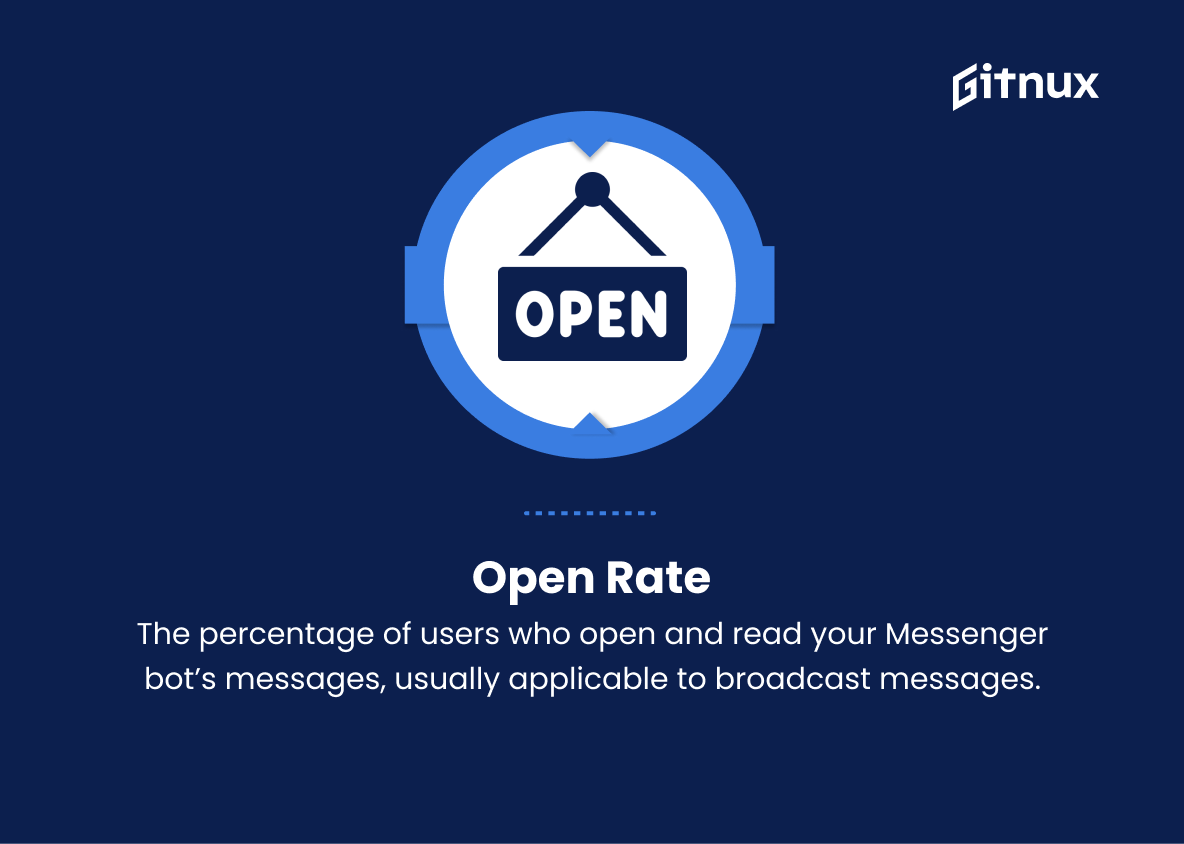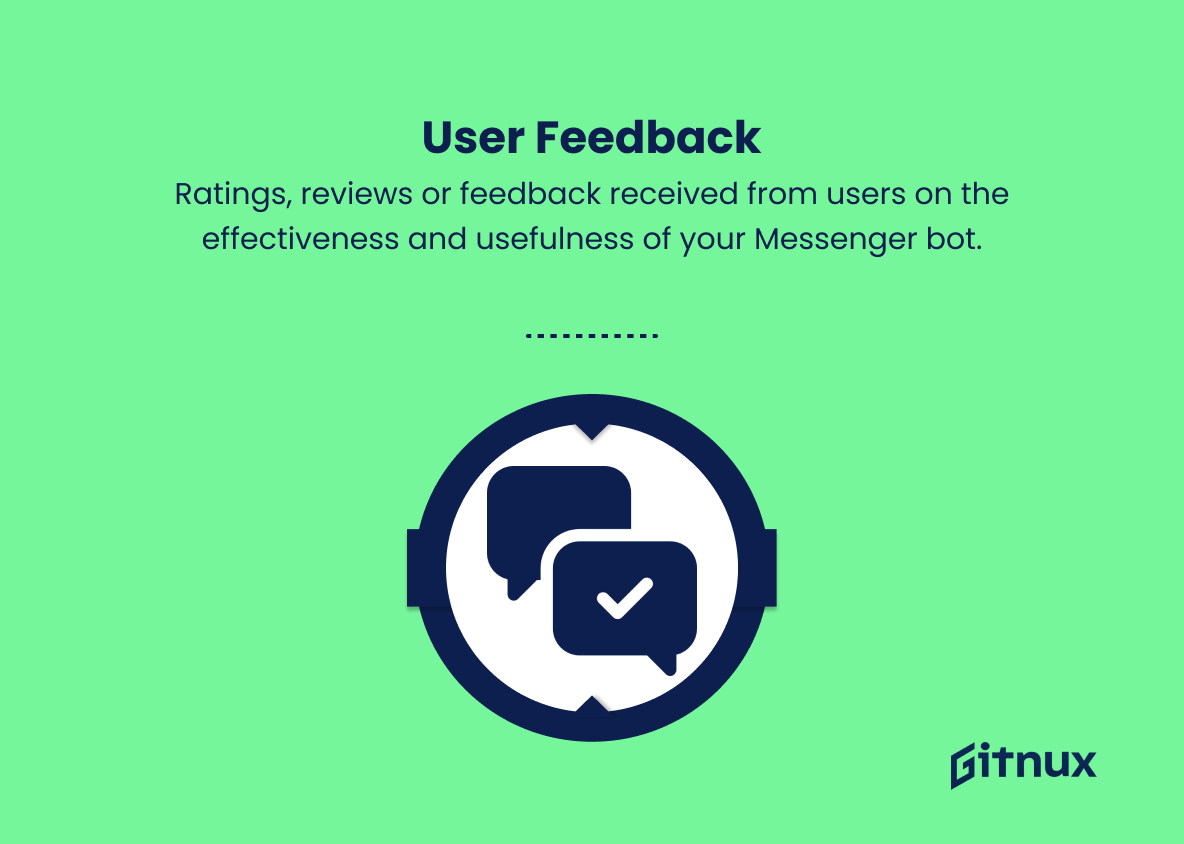In today’s digital era where instant messaging has taken the forefront in shaping personal and business communication, understanding the significance of Facebook Messenger metrics is crucial for businesses and marketers. As one of the leading instant messaging platforms with over 1.3 billion monthly active users, Facebook Messenger has transformed the way businesses interact with their customers, offering endless opportunities for engagement, increased sales, and improved customer support.
In this insightful blog post, we will delve deep into the indispensable world of Facebook Messenger Metrics, their importance in evaluating success, and how you can leverage these valuable insights for future growth and impeccable customer experience. Get ready to unlock the treasure trove of messaging analytics as we embark on this captivating journey.
Facebook Messenger Metrics You Should Know
1. Active users
The number of users who are actively engaging with your Facebook Messenger chatbot or sending messages.
2. New users
The number of new users who initiate a chat with your Messenger bot during a specific time frame.
3. Blocked users
The number of users who have blocked or unsubscribed from your Messenger bot.
4. Message volume
The total number of messages sent and received by your Messenger bot during a specific period.
5. Response rate
The percentage of user messages that your Messenger bot responds to within a specific time frame.
6. Response time
The average time it takes your Messenger bot to respond to a user message.
7. Conversation duration
The average duration of conversations between users and your Messenger bot.
8. User retention
The percentage of users who return to interact with your Messenger bot during a specific time period.
9. Engagement rate
The percentage of users who interact with your Messenger bot’s content, such as clicks on buttons, links, and quick replies.
10. Conversion rate
The percentage of users who complete a desired action, such as making a purchase, after interacting with your Messenger bot.
11. Bounce rate
The percentage of users who leave a conversation with your Messenger bot without meaningful interaction, indicating a lack of interest or relevance.
12. Click-through rate (CTR)
The percentage of users who click on a specific message element, such as a button, link, or quick reply, within your Messenger bot.
13. Open rate
The percentage of users who open and read your Messenger bot’s messages, usually applicable to broadcast messages.
14. User feedback
Ratings, reviews or feedback received from users on the effectiveness and usefulness of your Messenger bot.
15. Keyword metrics
Measurement of the most commonly used keywords or phrases by users, indicating their preferences, needs, or issues.
16. User demographics
Data on the age, gender, location, and language of your Messenger bot users, helping you to understand your audience and tailor content accordingly.
17. Referral sources
The channels or sources that drive users to interact with your Messenger bot, such as ads, email campaigns, or organic search.
18. Error rate
The percentage of messages that result in errors or incorrect responses from your Messenger bot, indicating potential areas for improvement.
These metrics can help you better understand your Facebook Messenger bot’s performance and identify areas where you can optimize and improve the user experience.
Facebook Messenger Metrics Explained
The aforementioned Facebook Messenger metrics are crucial in evaluating the effectiveness of your chatbot and its impact on user experience. Active users and new users give an insight into the level of user engagement, while blocked users indicate potential dissatisfaction with the bot. Metrics such as message volume, response rate, response time, and conversation duration help measure the efficiency and speed of the chatbot’s interactions. User retention, engagement rate, conversion rate, bounce rate, click-through rate, and open rate provide a measure of the bot’s ability to retain and engage users, as well as achieve desired outcomes.
Collecting user feedback and monitoring keyword metrics enable continuous improvement of the bot’s effectiveness, while analyzing user demographics enables content customization for better user experiences. Understanding referral sources helps optimize marketing efforts, and keeping an eye on the error rate highlights areas for improvement in the bot’s functionality. Overall, these metrics are vital for optimizing the performance and user experience of a Facebook Messenger chatbot.
Conclusion
In conclusion, understanding and analyzing Facebook Messenger Metrics is crucial for businesses looking to leverage the power of this platform for customer engagement, lead generation, and support. By keeping a close eye on key performance indicators such as open rates, response times, and conversion rates, marketers can make data-driven decisions to optimize their Messenger strategies for maximum impact.
Furthermore, harnessing the potential of chatbots and the latest features that Facebook offers will enable businesses to stay ahead of the competition and provide enhanced customer experiences. As we move forward in the rapidly evolving digital landscape, it is essential for businesses to stay agile and adapt their strategies, making the most of powerful tools such as Facebook Messenger and its metrics.
